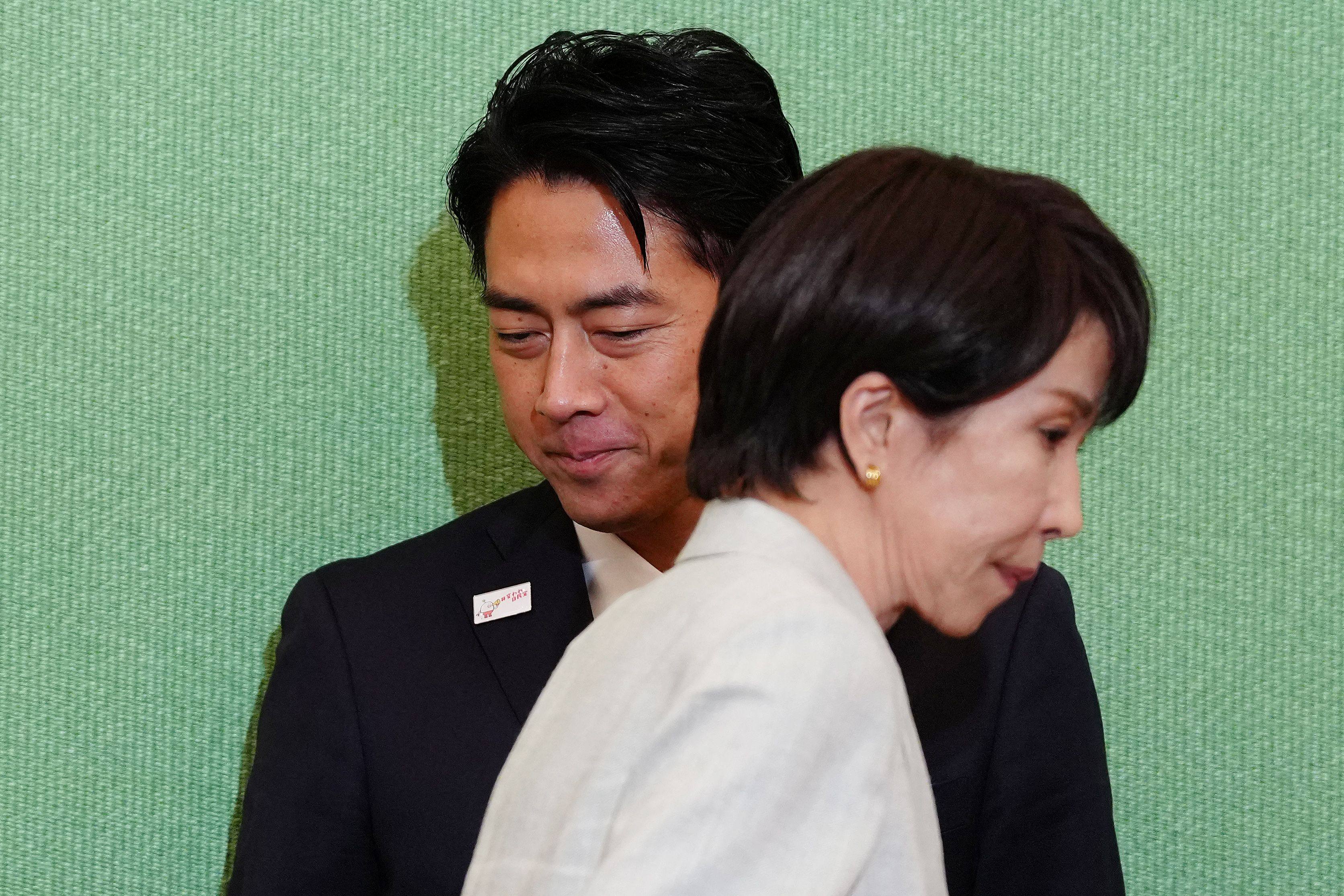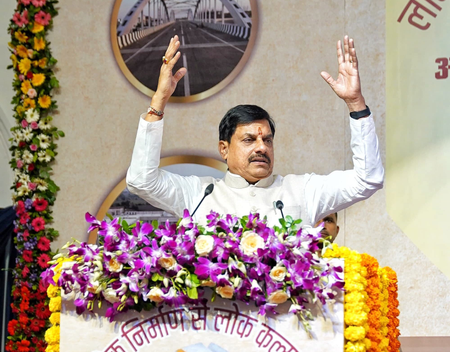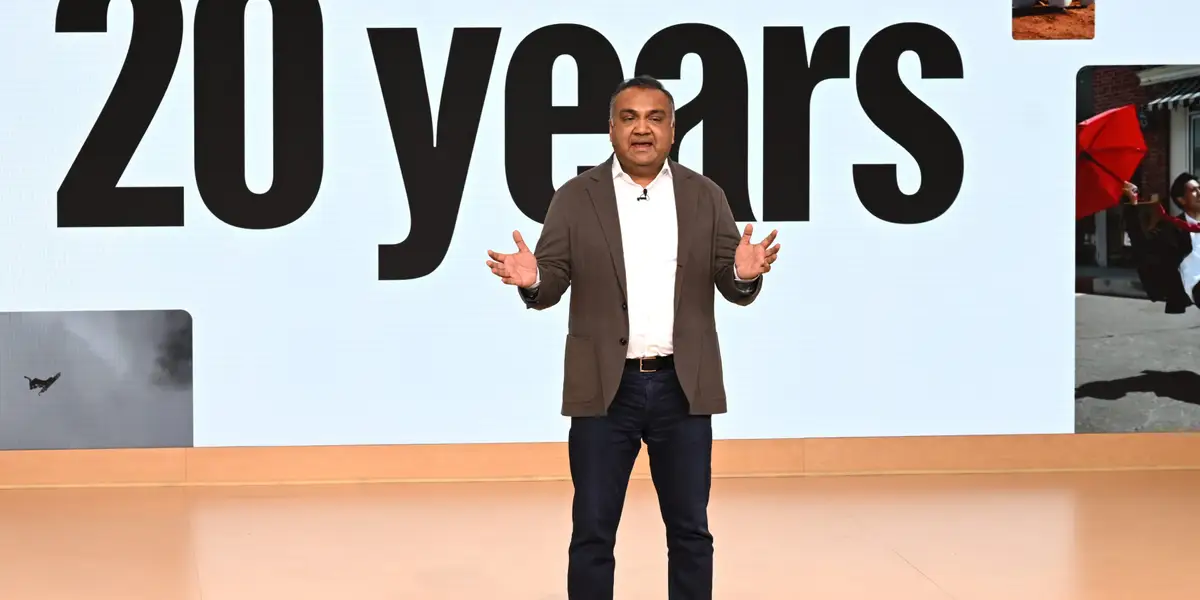By Maria Siow
Copyright scmp

As Japan’s ruling Liberal Democratic Party begins the process of selecting a new leader – and by extension, the country’s next prime minister – the race is quickly shaping into a duel between a conservative heir to Shinzo Abe’s legacy and a reformist standard-bearer promising broader appeal within the divided party.
The party’s internal election on October 4 follows Prime Minister Shigeru Ishiba’s resignation after barely a year in office, with the winner expected to assume leadership through a parliamentary vote.
Whoever takes the helm will face a daunting set of challenges – from stubborn inflation and a volatile regional security environment to managing ties with US President Donald Trump.
The five contenders are Agriculture Minister Shinjiro Koizumi; former economic security ministers Sanae Takaichi and Takayuki Kobayashi; Chief Cabinet Secretary Yoshimasa Hayashi; and former LDP secretary general Toshimitsu Motegi.
But early polls suggest a two-horse race. Koizumi leads with 23.8 per cent support, followed closely by Takaichi at 21 per cent, according to recent surveys. The remaining candidates trail in the single digits.
Raymond Yamamoto, an associate professor at Aarhus University in Denmark, said Takaichi’s appeal stems from two key factors: her potential to become Japan’s first female prime minister and her close ties to the late Abe.
After announcing her candidacy for the LDP leadership in 2021, Takaichi – who had served as the party’s policy chief under Abe – pledged to carry forward his economic agenda. Known as “Abenomics”, it is defined by aggressive monetary easing, government stimulus spending and structural reforms aimed at spurring growth.
She also pledged to push for a new constitution and to visit Tokyo’s Yasukuni Shrine – which honours Japan’s war dead, including convicted Class A war criminals – a move that has historically drawn strong condemnation from China and South Korea when made by sitting or former prime ministers.
Koizumi, by contrast, is seen as a reformist with broader crossover appeal. He earned plaudits for helping stabilise rice prices as agriculture minister and, as Yamamoto noted, he also benefits from his family name.
“One should also not overlook the significance of being the son of Junichiro Koizumi, one of the most popular prime ministers of Japan,” Yamamoto added.
Koizumi senior, known for his maverick style and reformist agenda, remains one of Japan’s most widely admired political figures.
Describing the race as a “very tight” one, Yamamoto noted that both candidates were actively working to gain support from various ideological camps within the LDP.
“While Takaichi is a well-known nationalist, it is Koizumi, who has a more liberal stance, that has succeeded in gaining the backing of Katsunobu Kato, one of the party’s key conservatives,” Yamamoto said.
Kato, the current finance minister, was a close ally of the late Abe and a staunch proponent of Abenomics. He previously held several senior cabinet roles, including health minister, and was considered part of Abe’s inner circle.
He ran in the September 2024 LDP leadership race alongside Koizumi and former foreign minister Taro Kono, but all three were defeated by Ishiba.
Stephen Nagy, professor of politics and international studies at Tokyo’s International Christian University, said Takaichi was the most likely candidate to become the next prime minister, citing her role as chair of the LDP’s policy committee, which helps mediate between party factions.
He also noted that she is a protégé of Abe, who helped forge a stable approach to balancing Japan’s relations with both China and the United States.
“My bet is on Takaichi forming a strong conservative cabinet that includes many of the individuals she’s competing with today, such as Hayashi, Motegi and others,” Nagy said.
“Koizumi, while an attractive young man, does not have the ideological centre and experience to negotiate the LDP’s ageist politics,” he added.
Although Hayashi is a seasoned foreign minister with broad experience in the LDP, he is perceived by some as being too pro-China – a view that may not be accurate, according to Nagy.
He said the more pressing issue was whether Takaichi could unify the party’s conservative wing and remain in power long enough to provide stable leadership.
“I think that’s where the LDP would like to go. The question is whether she will be able to do it or not,” Nagy said.
It was essential for the party to select a prime minister with strong public support, as the LDP was under significant pressure to improve its image, Yamamoto said.
“It is also key to securing backing from opposition parties, especially under the current minority government,” he added.
The LDP has been rocked by a series of scandals in recent years, including the failure of party factions to properly declare their finances and the re-routing of political funds to lawmakers as kickbacks.
As a minority government, the LDP now struggles to govern effectively, often being forced to make concessions to opposition parties to pass legislation.
“The party’s top priority is to regain a stable majority, with a strong and popular leader who can restore public trust,” Yamamoto said.
“While the outcome is uncertain, Koizumi may have a slight edge given the broad support in the LDP and his track record of delivering tangible results.”



